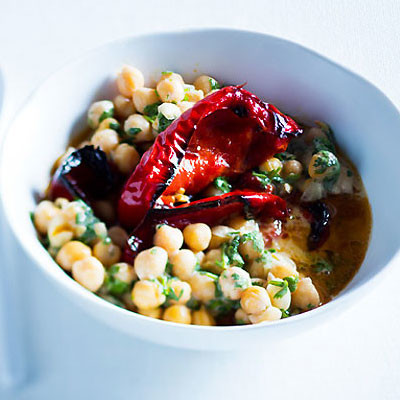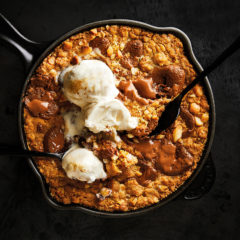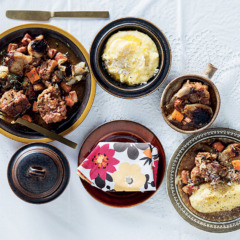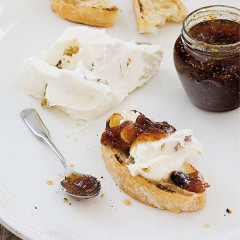Chickpeas originated in the Middle East, where various cultures continue to depend heavily on this high-protein legume. First recorded 7 000 years ago as a foodstuff, in the 16th century the legume started its trans-oceanic crossings.
Chickpeas go under any number of different names: garbanzo beans, chana, Bengal grams, Egyptian peas, konda kadalai or kothu kadalai. In Latin, thye’re called Cicer arietinum which means “small ram” and refers to the unique shape of this little legume.
HEALTH BENEFITS
Chickpeas are a brilliant source of virtually fat-free, quality protein; packed with cholesterol-lowering fibre; and help prevent blood-sugar levels from skyrocketing after a meal, which should make them the diabetic’s best friend. Their impact on heart health comes from the folate they contain that helps lower levels of homocysteine, a high-risk factor for heart attacks and strokes. There’s even more: chickpeas contain the trace mineral molybdenum, an important co-factor of the enzyme sulphite oxidase – the enzyme is responsible for metabolising sulphites, a large family of compounds we regularly ingest. Without sufficient stores of molybdenum, people, such asthma sufferers, who may be sensitive to external sources of sulphites may be unable to handle foods that contain sulphites effectively.
TASTING & COOKING
Eaten on their own, chickpeas have a delicious nut-like taste and buttery texture, but they are also extremely multitalented performers.
For starters, they’re the main player in hummus. They also form the basis of the falafel, often served in pitta with chopped lettuce, tomato and tahini (sesame-seed paste). Available dried or canned, chickpeas come in earthy shades of beige, black, green, red and brown.
The good news is that it’s okay to eat the canned variety – the canning process is perfectly suited to chickpeas as they need a long time to cook. If you go the canned route, however, be sure to rinse the chickpeas before use in order to remove excess salt.
DID YOU KNOW?
During World War I, chickpeas were grown in some areas of Germany as a coffee substitute called chickamuddle.
100g of boiled chickpeas contains 688.8kJ, 2.6g fat (of which only 0.27 grams are saturated), 7.6g dietary fibre, 8.9g protein, 340mg phosphorus, 190mg calcium, 140mg magnesium, 7mg iron and 3mg zinc.
COOK WITH CHICKPEAS
The Hummus brothers – three tasty ways
Chickpea and falafel pita breads
Chickpea falafels with roast chilli vinaigrette






Comments